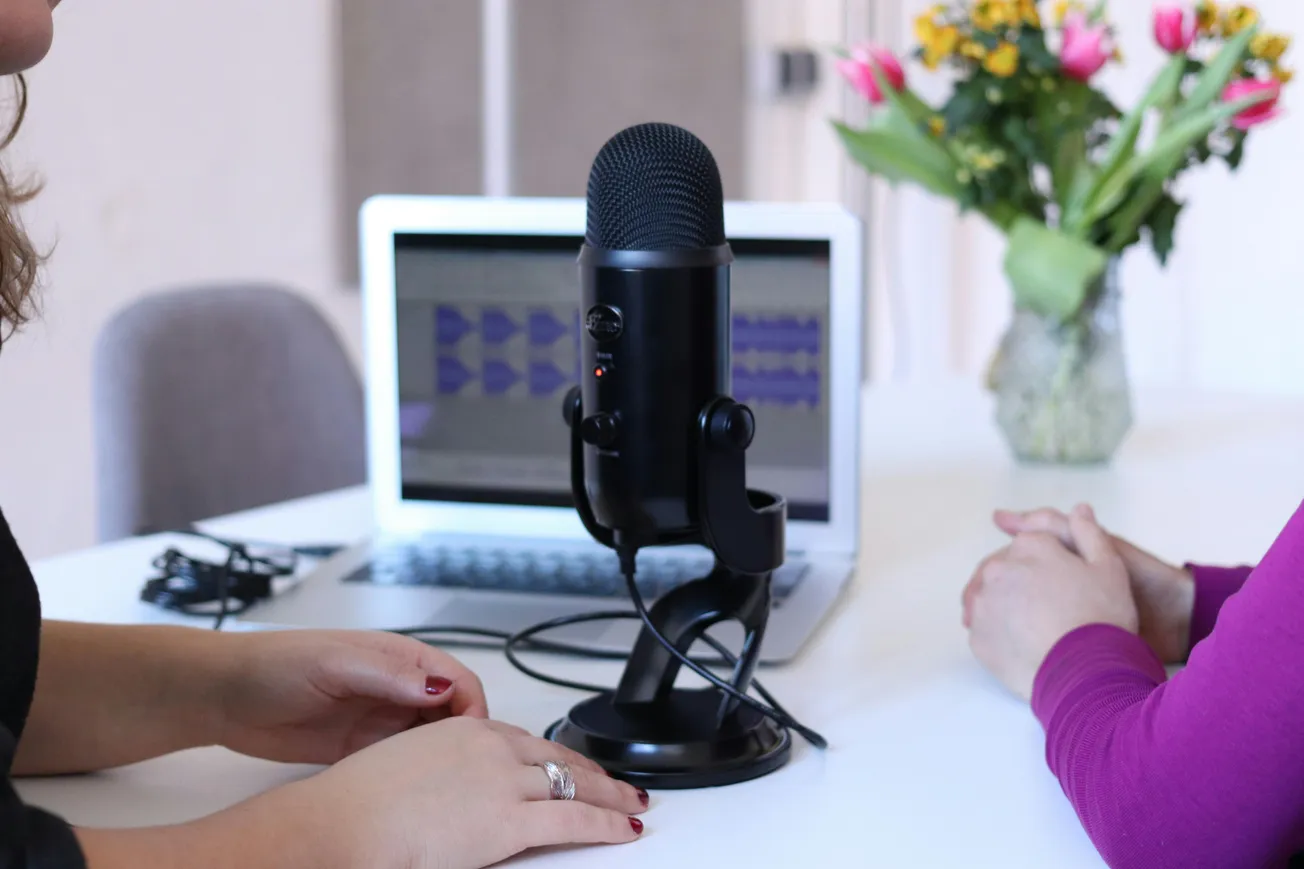Despite the surge of video, audio‑only content continues to matter—and for good reason. Many users consume audio during commuting, workouts or while multitasking, making it a unique channel for engagement. According to recent data, brands using a mix of video and audio outperform those using video alone.
Here’s why your business should keep sound in the mix.
Advantages of audio‑only formats
- Accessibility: Listeners can consume without needing to watch screen; ideal for mobile users.
- Flexibility: Easier and quicker to produce than video; you can record on the go.
- Focus on voice: Your message can come through clearly without visual distractions; builds trust and intimacy.
- Evergreen use: Audio episodes can be repurposed as transcripts, blogs, short clips and more.
Best practices for businesses
- Define your format: interview‑style, narrative story, quick tips.
- Use quality microphone and quiet environment; even inexpensive gear can deliver high‑quality sound.
- Publish consistently: pick a cadence, e.g., weekly 15‑minute insights.
- Promote across platforms: host as podcast, embed on website, share audio teasers to social.
- Reinforce your brand: use consistent intro/outro, describe visuals verbally for those listening only.
Integration with broader strategy
At PodcastVideos.com we aim to reduce production friction. Adding audio‑only content means you’re not abandoning video—you’re complementing it. You build a multi‑format presence, reach different audience habits, and maximize your content investment.










